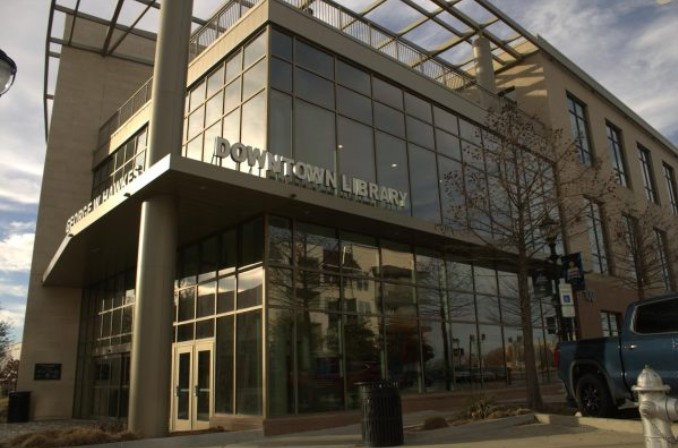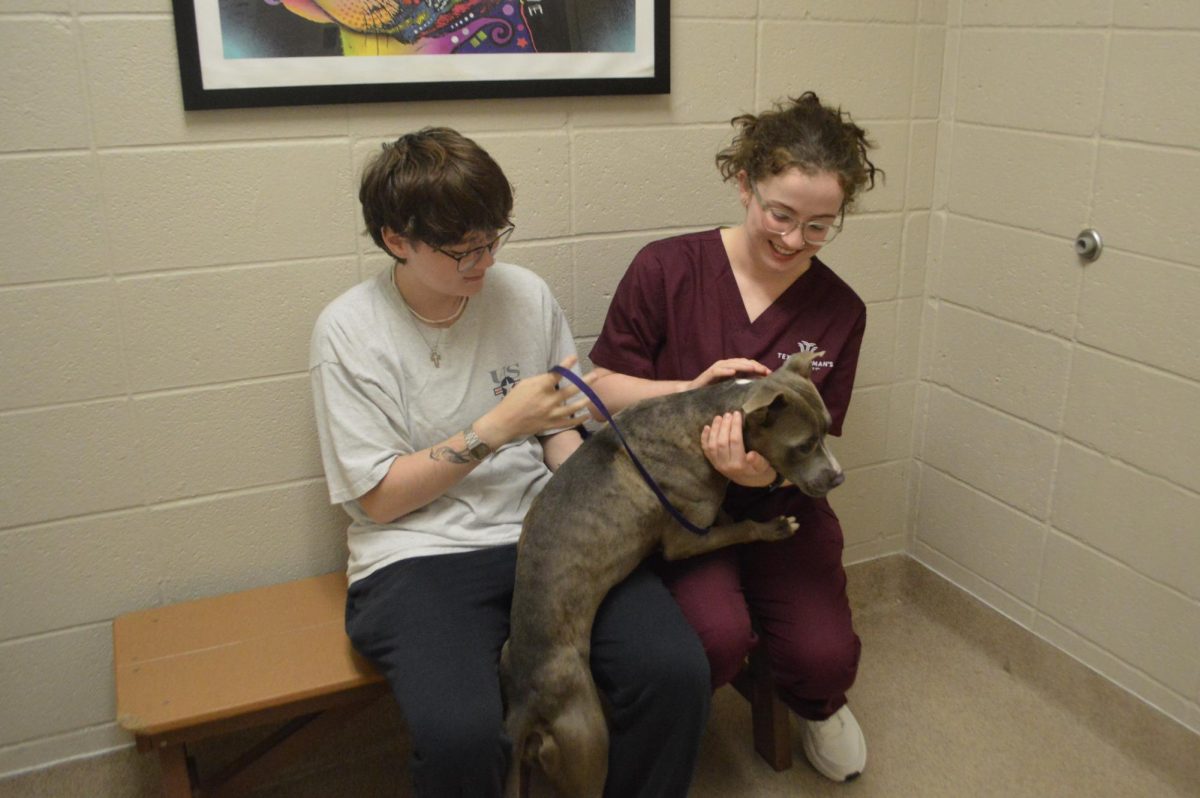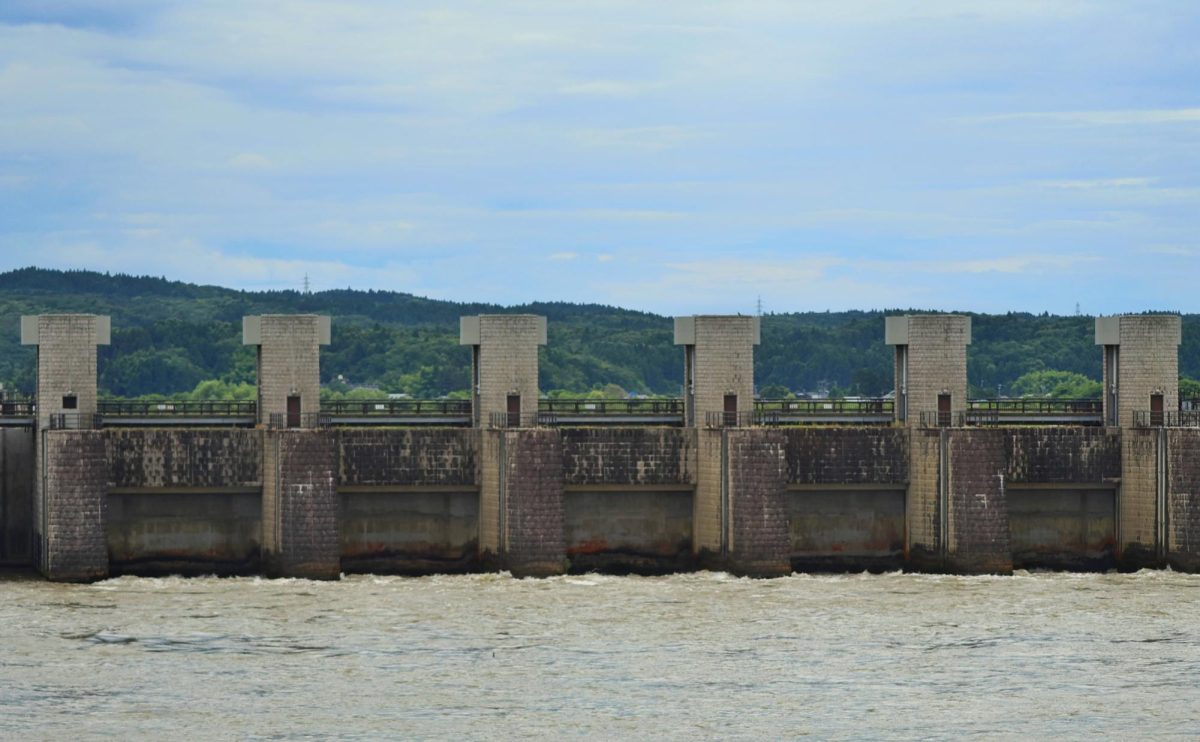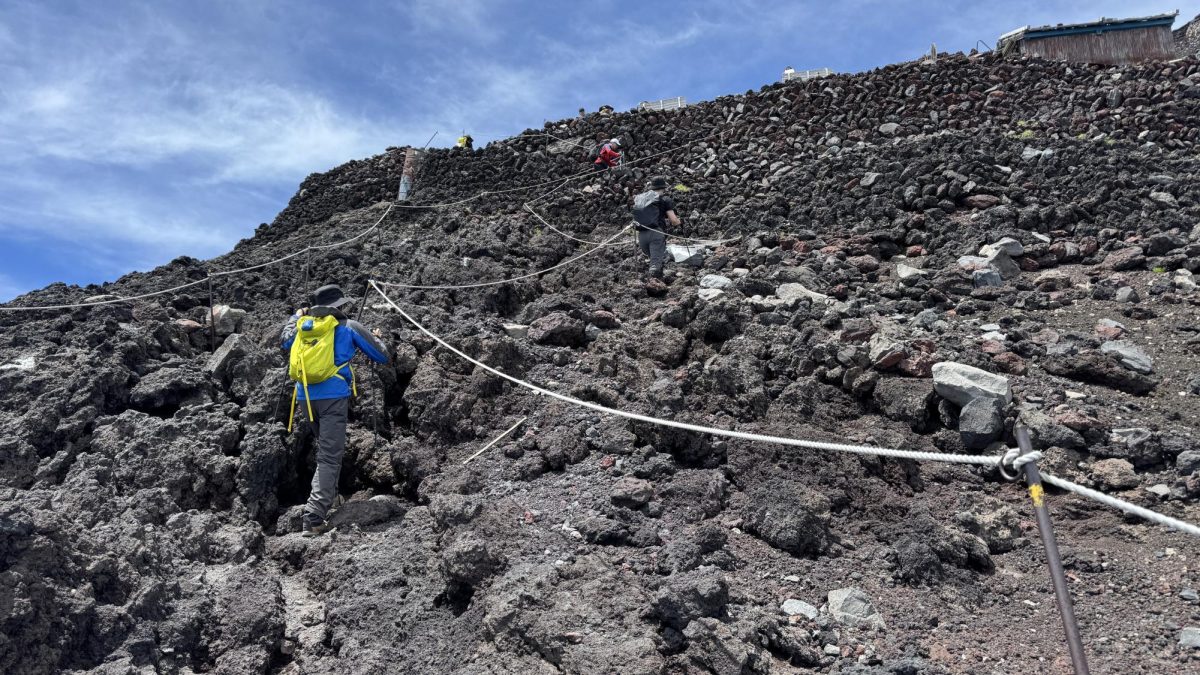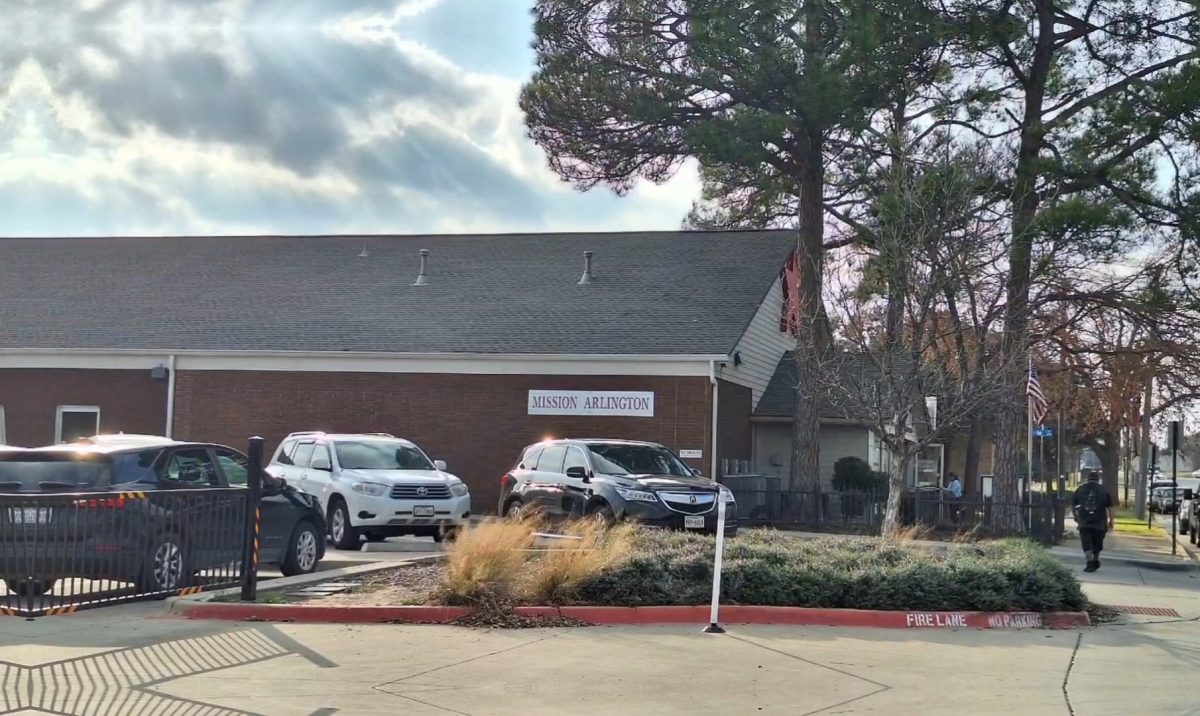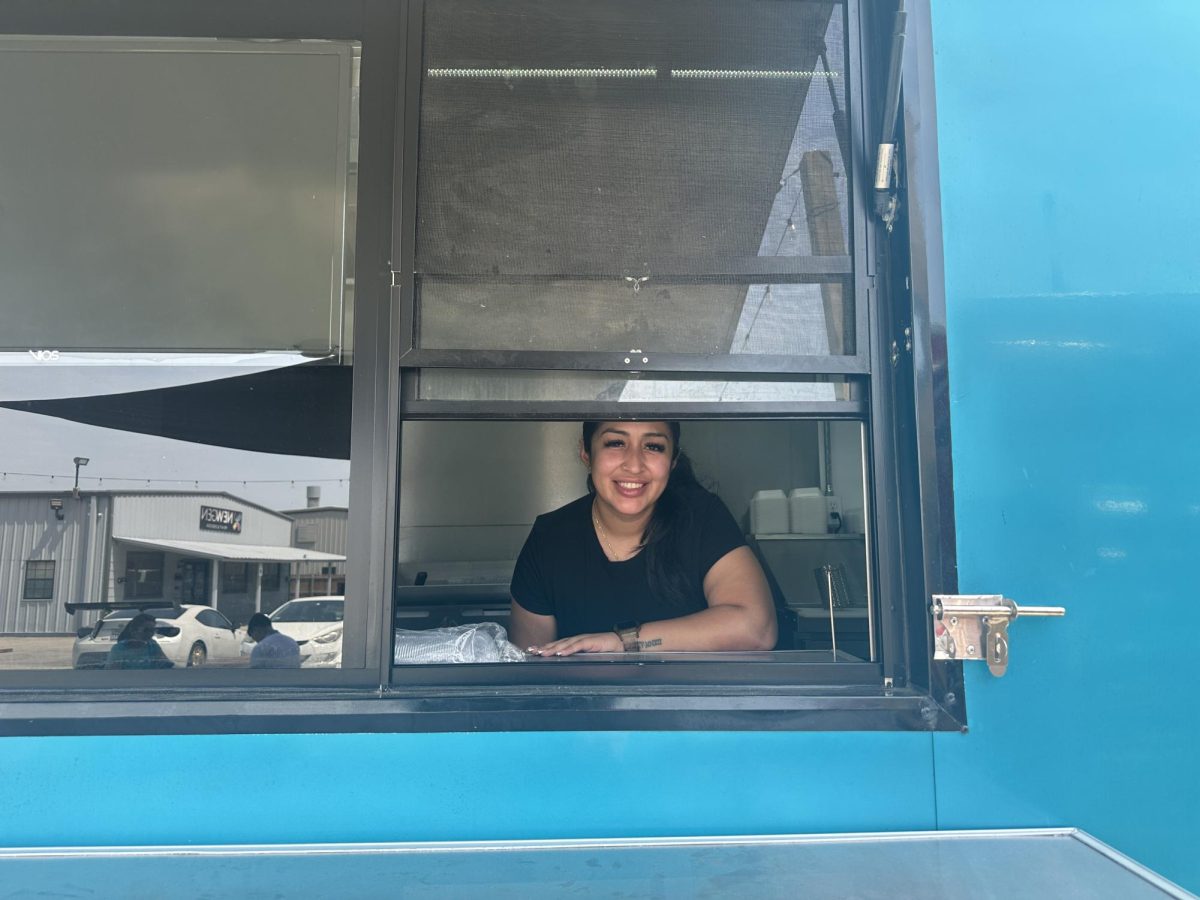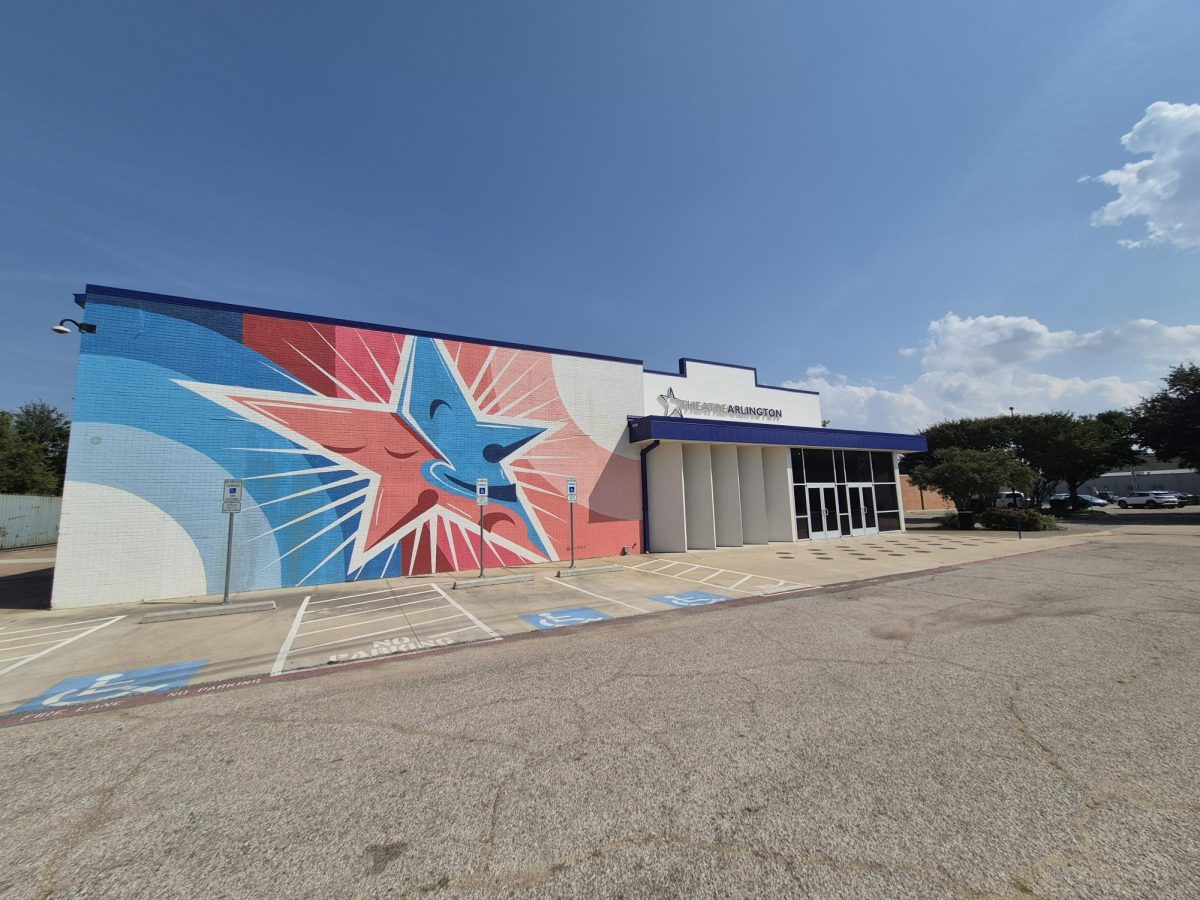ARLINGTON, Texas – When there’s a fire, medical emergency or car wreck, the Arlington Fire Department responds.
In 2023, it received more than 100,000 calls dispatching fire and emergency medical services.
These calls were divided among the city’s 17 stations, each overseeing a different number depending on the neighborhood they serve.
Neighborhood demographics describe the people living in a given area, such as their race, age, income and education. These characteristics largely impact the type and number of emergencies they experience.
Different districts, different types of calls
According to Lt. Adam Evans, public information and community services officer, Fire Station No. 14 has a large senior population with several retirement and nursing homes. Therefore, it predominantly responds to typical elderly emergencies such as cardiac arrests, strokes and falls.
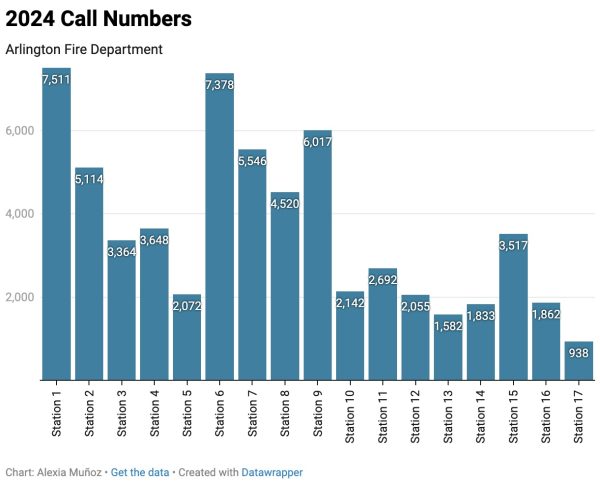
On the other hand, Fire Station No. 15 and 16 are surrounded by new homes and structures housing young families. Those stations largely respond to different emergencies than Fire Station No. 14.
In neighborhoods with multiple apartments, stations are likely to run more calls because of the volume of people in the area.
Stations near highways and interstates like Fire Station No. 12 respond to numerous car wrecks.
“A lot of it depends on where they’re placed and the community itself,” Evans said. “There are communities that have different health habits than other communities. It’s no real rhyme or reason, but there tends to be more of a specific call in one district than the other.”
Fire Station No. 1 received 7,511 calls in 2024, ranking as the highest number of calls received by a station.
Call numbers dictate resources
Resources are allocated based on the call numbers.
“We tend to stack a little more resources in those high call volume areas because we know that’s where the most calls are going to be,” he said. “For the most part, they’re just strategically placed throughout the city to encompass every neighborhood.”
A single company station refers to a station that only operates with one fire apparatus or truck.
Double company stations experience a higher volume of calls and are equipped with an engine, ladder truck and a squad.
Fire Stations No. 1, 6, 7, 8 and 9 are considered double company. They can respond to larger medical calls and fires.
Department adds resources as needed
Over the years, the Fire Department has seen some stations that were originally slow-moving experience increases in call volume as Arlington has grown, so the department has added more equipment as necessary, Evans said.
According to the National Fire Protection Agency, the goal for a fire department’s response time is for the first engine to arrive on the scene within four minutes for 90% of incidents.
As of 2023, Arlington’s response time for fires is 5 minutes and 30 seconds and its response time for EMS is a second longer.
“We’re very close to meeting that goal on most of our calls,” Evans said. “We really don’t have that many areas where there’s lengthier response times than others. We do really good at keeping that data.”
Every year, the fire department analyzes its call numbers based on location to determine if there is a need for another station somewhere in the city.
Response times crucial
When the response time begins to increase in certain areas, an engine from another district has to come over to that neighborhood, which delays response times overall.
The department started adding squads at some of the stations that are getting busier, and then as they continued to experience an increase in calls, the department looks at adding equipment, Evans said.
But if those efforts do not eliminate the problem, the fire chief may look into creating a new station. The mayor and city manager review this request to determine whether funding for a new station is feasible.
A fire doubles in size every minute, so every minute counts, and the same is true for medical emergencies. It is very critical that the department beat those response times and keep it as close to it as it can to keep incidents from becoming worse, Evans said.













